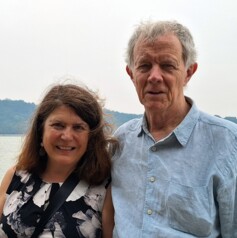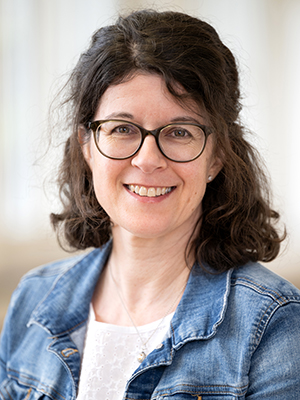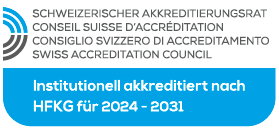
|
|
|
|
|
{{node.getProperty('name')}}
{{node.getProperty('organisation')}}
{{node.getProperty('street')}} {{node.getProperty('street2')}} {{node.getProperty('zip')}} {{node.getProperty('city')}} {{node.getProperty('email')}} Details |
{{node.getProperty('organisation')}} {{node.getProperty('street')}} {{node.getProperty('street2')}} {{node.getProperty('zip')}} {{node.getProperty('city')}} {{node.getProperty('email')}} |
Details |
|---|
| {{g.getLabel()}} | |
|---|---|
|
{{node.getProperty('title')}}
|
|
| mehr anzeigen von |
| Beschreibung | Nummer | Beginn | Buchbar | Typ | |
|---|---|---|---|---|---|
|
|
|||||
| Beschreibung | Nummer | Buchbar | Typ | |||||||
|---|---|---|---|---|---|---|---|---|---|---|
|
||||||||||
| Beschreibung | Nummer | Buchbar | Typ |
|---|---|---|---|
| Projektname | Schwerpunkte |
|---|---|
|
{{node.getProperty('title')}}
Schwerpunkte
|
|
|
|
|
|
Pedagogical Translanguaging
Im F&E-Kolloquium halten Prof. Dr. Durk Gorter und Prof. Dr. Jasone Cenoz von der University of the Basque Country (Spain) ein Referat zum Thema «Pedagogical Translanguaging». Das F&E-Kolloquium wird in Englisch abgehalten und ist Teil der Ringvorlesung «Sprache – école – society».
- Wann:
- Dienstag, 8. April 2025, 17.15 Uhr bis 18.45 Uhr
- Wo:
- Uni/PH-Gebäude (UP)
UP 2.B30

Traditional approaches to language learning have often operated within a monolingual framework, focusing on the acquisition of a single language in isolation. This approach frequently overlooks the rich linguistic resources that multilingual learners bring to the classroom, effectively discounting a significant asset in the learning process. This presentation explores how these repertoires can be activated through pedagogical translanguaging.
Translanguaging has evolved into a comprehensive umbrella concept, including a diversity of theoretical perspectives and practical applications. Pedagogical translanguaging represents both a theoretical framework and an instructional approach designed to enhance language and content competencies within educational settings. It achieves this by strategically utilizing the learners’ multilingual repertoires, recognizing that their knowledge and skills are not confined to a single language. This approach has its roots in the early conceptualization of translanguaging as a pedagogical strategy in Welsh bilingual education, where the first and second languages were integrated within the same classroom to support learning.
Pedagogical translanguaging places a strong emphasis on the development of metalinguistic awareness, encouraging learners to reflect on the languages they learn and use. It can incorporate resources from two, three, or even more languages in both language and Content and Language Integrated Learning (CLIL) classrooms. Pedagogical translanguaging facilitates the crucial connection between prior knowledge and new information. This bridging of existing understanding with new concepts fosters deeper comprehension and more effective learning.
- Referierende: Prof. Dr. Durk Gorter & Prof. Dr. Jasone Cenoz, University of the Basque Country, Spain
- Diskutant: MA Stephan Meyer, PH Luzern
Kontakt
Sentimatt 1
6003 Luzern
priska.aregger@phlu.ch




